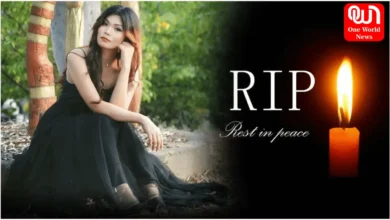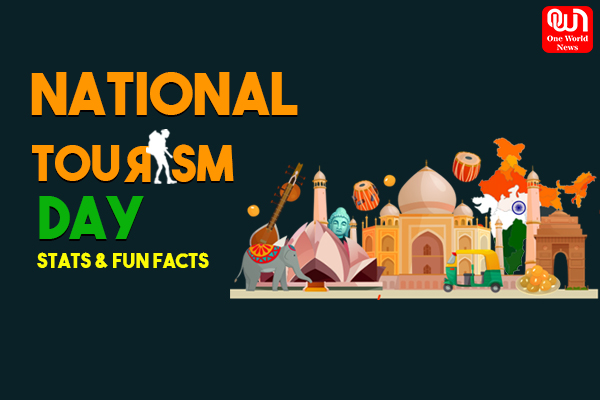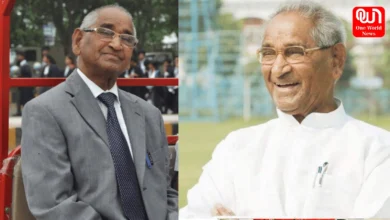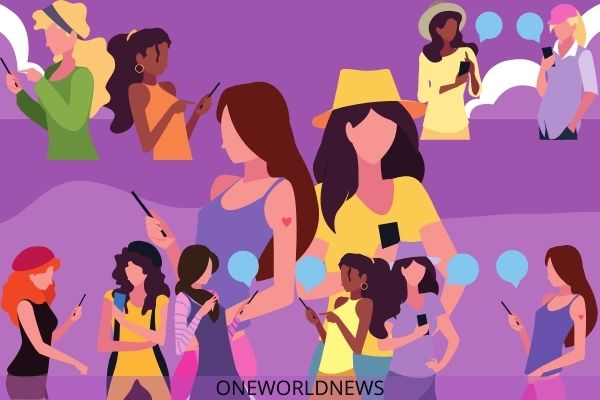
Gender inequality in Art increases amid pandemic, More men than women get the fair artistic opportunities in Digital World
Gender inequality and unequal distribution of artistic opportunities for women and other gender minorities have been a concern for a long time. There has been a substantial difference in the number of artistic opportunities available for men and women. There are multiple reasons that underline this gender inequality in art and with a pandemic, the difference has only deepened. It is noted that fewer women are getting opportunities in fields like poetry, storytelling, filmmaking, music, dance, etc, not just in India but across the globe. And in India too, it is observed that Gender inequality in art increases amid the pandemic, digital divide acting as the playing factor, UNESCO’s report highlight.
The UNESCO report, “Gender, and Creativity, Progress on the Precipice” highlights several factors that are adding up to this divide including the intersectional barriers, participation of women, pay gaps, harassment and abuse and so on. With respect to the digital divide, the report outlines –
Gender inequality in Art with Digital Divide in Pandemic
“The digital divide remains a pressing concern since women are more likely than men to lack the means of basic access, such as internet connections, smartphones, and other tools that can foster and facilitate creative practice.
According to Equals Global Partnerships, 200 million fewer women than men worldwide own a mobile phone, 250 million fewer women than men use the Internet, and only 6% of women develop apps. Also, according to the Organisation for Economic Cooperation and Development (OECD), women-owned start-ups receive 23% less funding and are 30% less likely to have a positive exit compared to digital media businesses owned by men.
As the digital divide disproportionately affects women, the ongoing rapid digitalization of the culture and creative industries means that women risk being left further behind than ever.” From page 39 of the report.
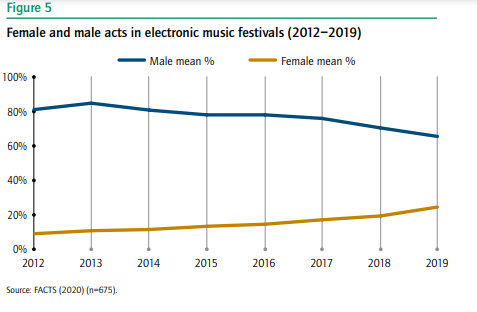
Another parameter that the report highlights are the Digital Fluency Model developed by Accenture that reveals the gaps between men and women and helps to show how digitally fluent women are compared to men, as well as how much that fluency is helping to drive positive changes in their education, their employment experience and their advancement at work.
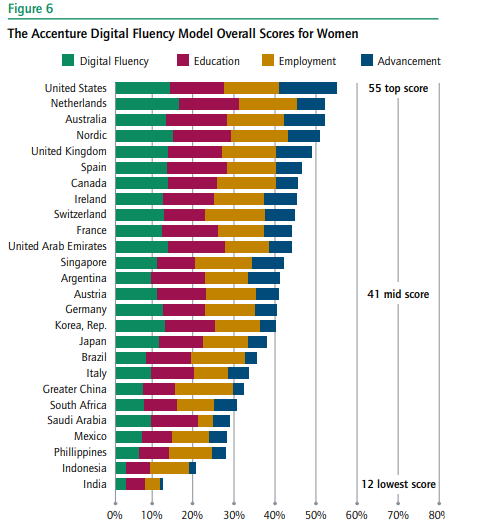
In the graphical representation, it is shown that India has the lowest score along with the other Asian countries. These score/ low levels suggest low levels of access that are likely to further constrain the capacity of women to access new digital economy opportunities.
Read More: Why Indians can’t get over ‘Educated and Homely’ girl when it comes to marriage?
Other factors underlining gender inequality in the art
Online Abuse
The cases of online abuse and trolling of women are not new. Women have been known to be more vulnerable and susceptible to online abuse than men and are seen as a soft target online. There are several cases of female artists being trolled online or facing abuses in online events.
Also Read : Online Harassment because virtual doesn’t make it any less.
Gender Pay Gap
The gender pay gap has been a problem for ages now. Especially in the art scenes, women are paid less for the same work and labour that men will deliver for a particular job.
Gender pay gaps are prevalent for numerous reasons –
First, the feminization of particular cultural sectors means the pay is low
and the workforce is largely made up of women. There may not, therefore, be a pay gap within a sector but rather between cultural sectors that are viewed as more or less lucrative and therefore more or less economically viable.
Second, there are different levels of remuneration for the same work.
The ILO reports that the global wage gap in 2018/2019 sits at around 20% and highlights that ‘traditional explanations’ for this continued gap such as motherhood or differing levels of education between men and women play a limited role in this continued gap. The ILO notes that what is needed are basic correctives such as “combating stereotypes and discrimination at the point of entry into labour markets.
Cultural Factors
“If we do the math, the ratio of women creating films is far lower… It’s a pity because I believe this is one area where we have yet to break the glass barrier since while there are probably five or ten professional female filmmakers, very few have regularly created films…… Despite the fact that many women attend film school, they are unable to pursue a career in direction.” – Alankrita Srivastava to The Indian Express
Streaming platforms having gender biased approaches
In a study: Break the Loop: Gender Imbalance in Music Recommenders, it is identified that the algorithms of the music recommendations are such that they feature music created by a male artist more than the female artists, or prevent the content by women from reaching a wide audience.
The gender inequality in art scenes is huge and is problematic. It not only increases the propagation of gendered ideas and prospects through art, it makes the art spaces, less opportunistic and more exclusive.
Have a news story, an interesting write-up, or simply a suggestion? Write to us at info@oneworldnews.com





